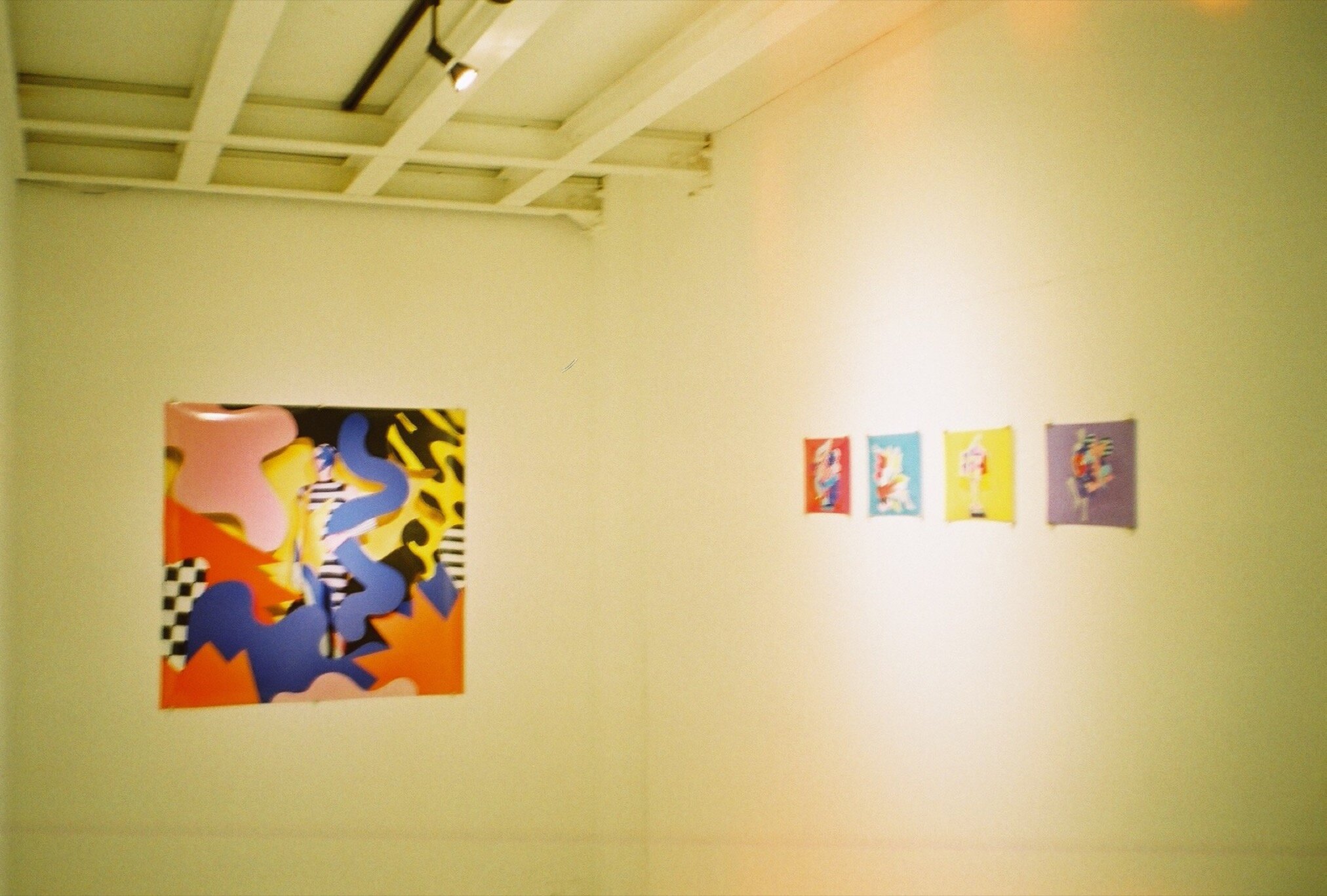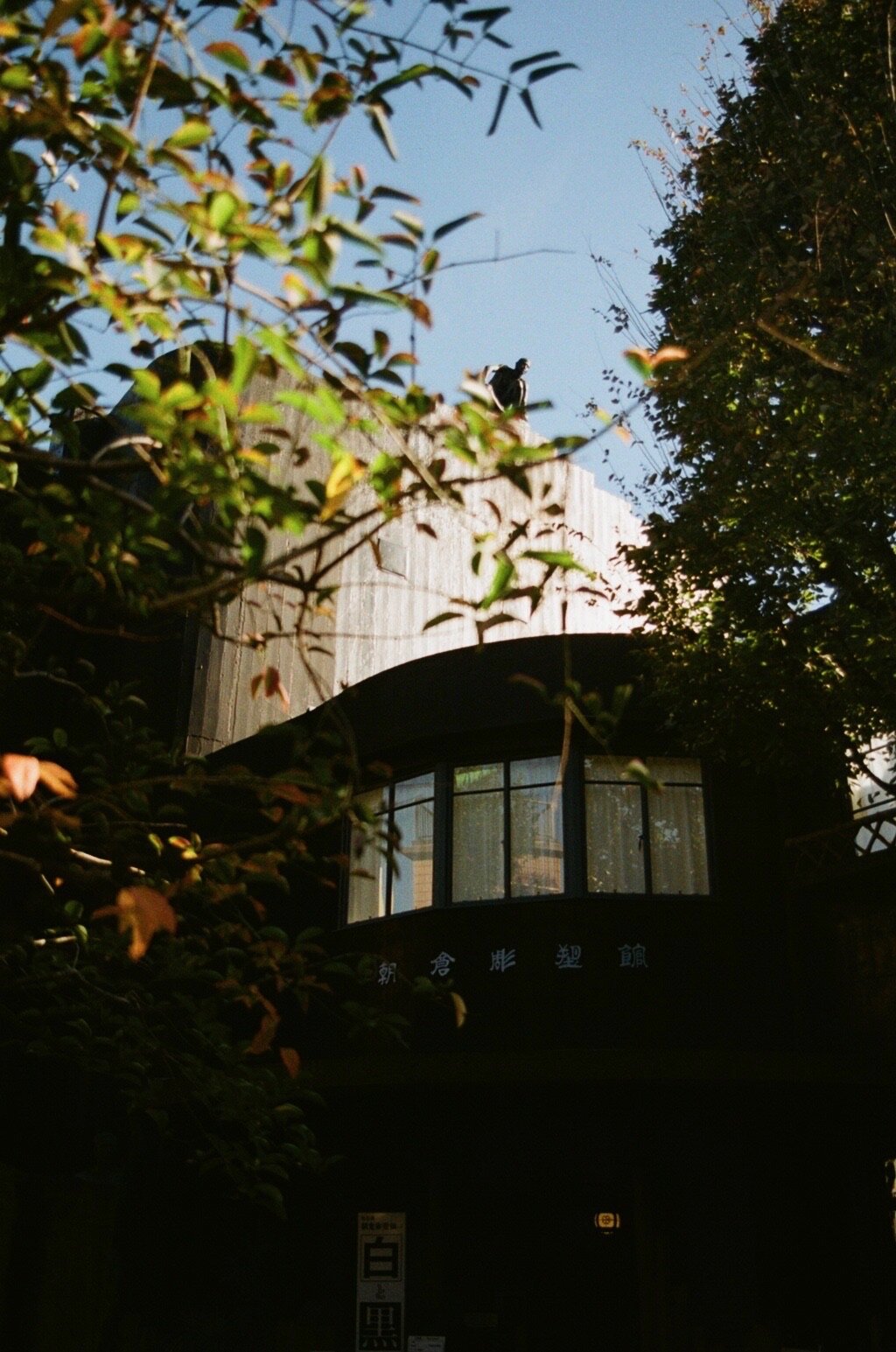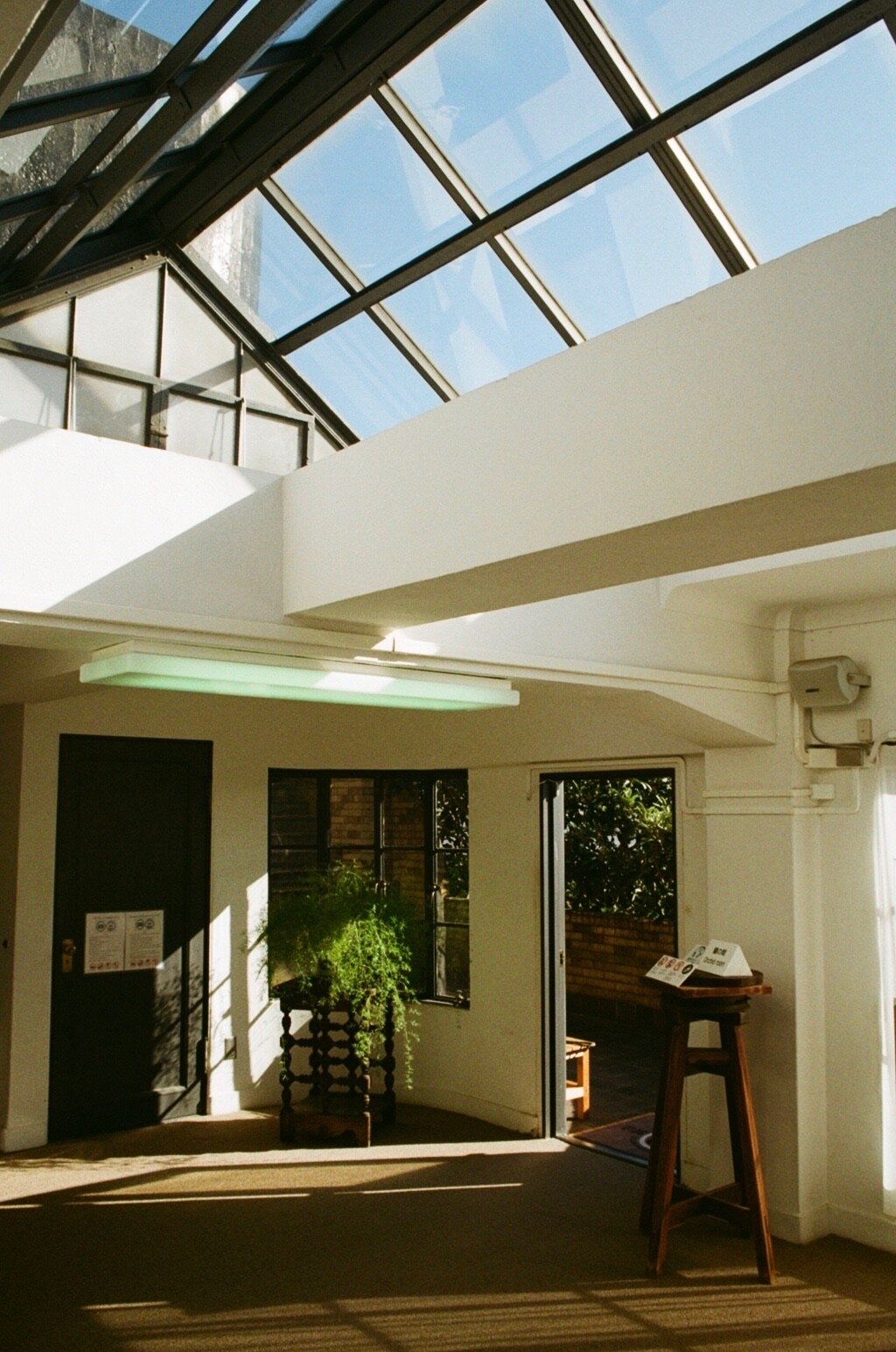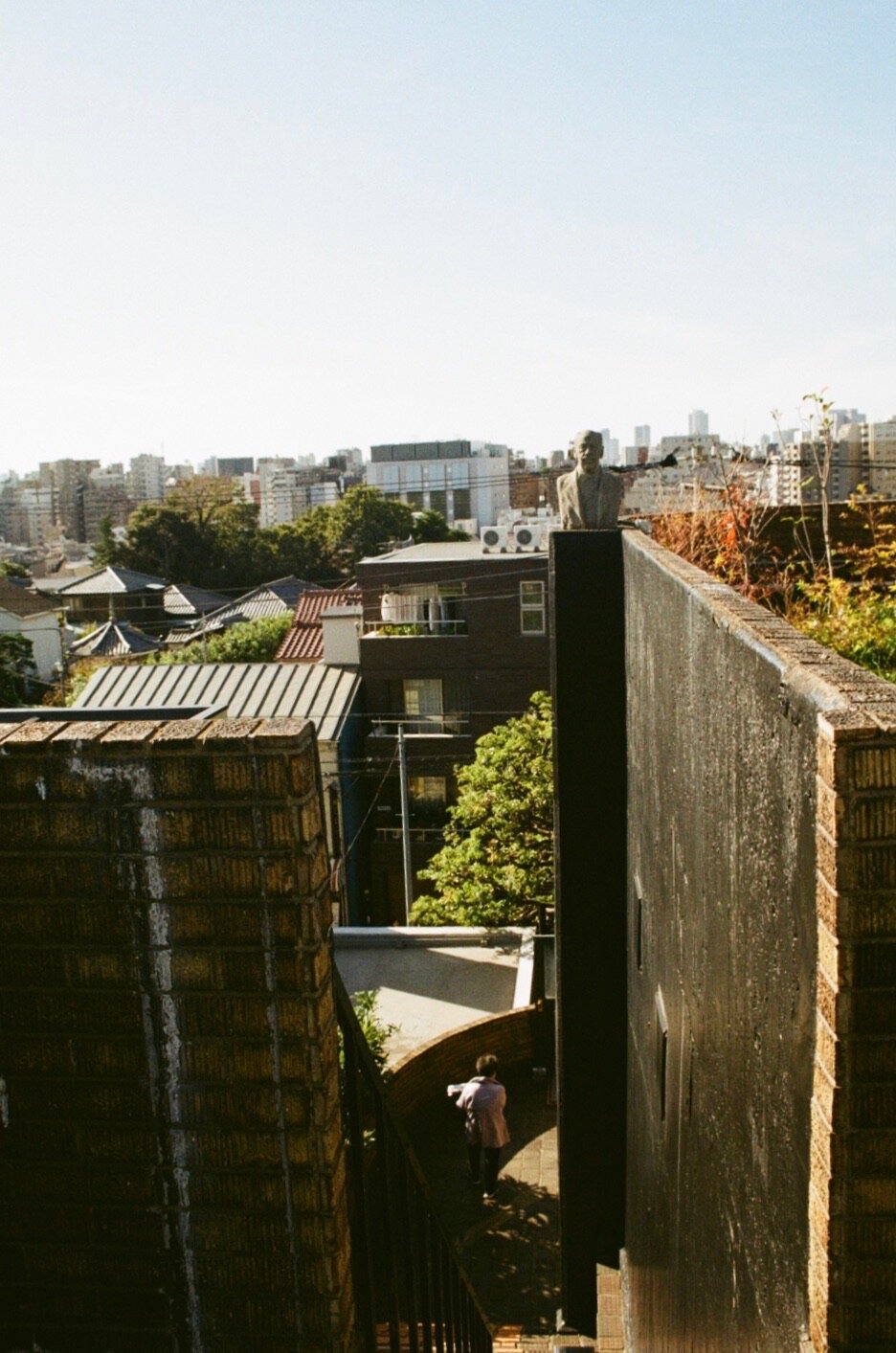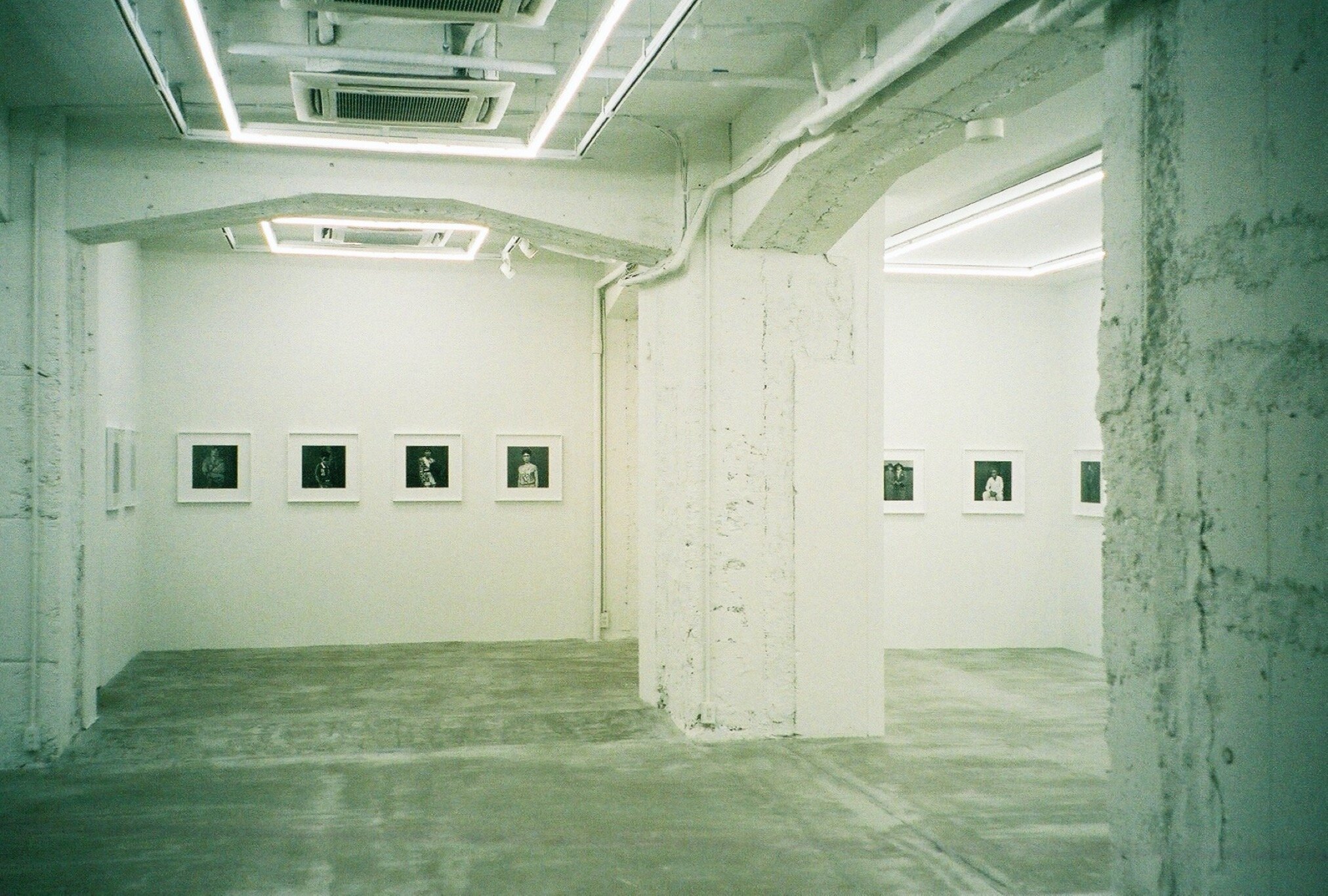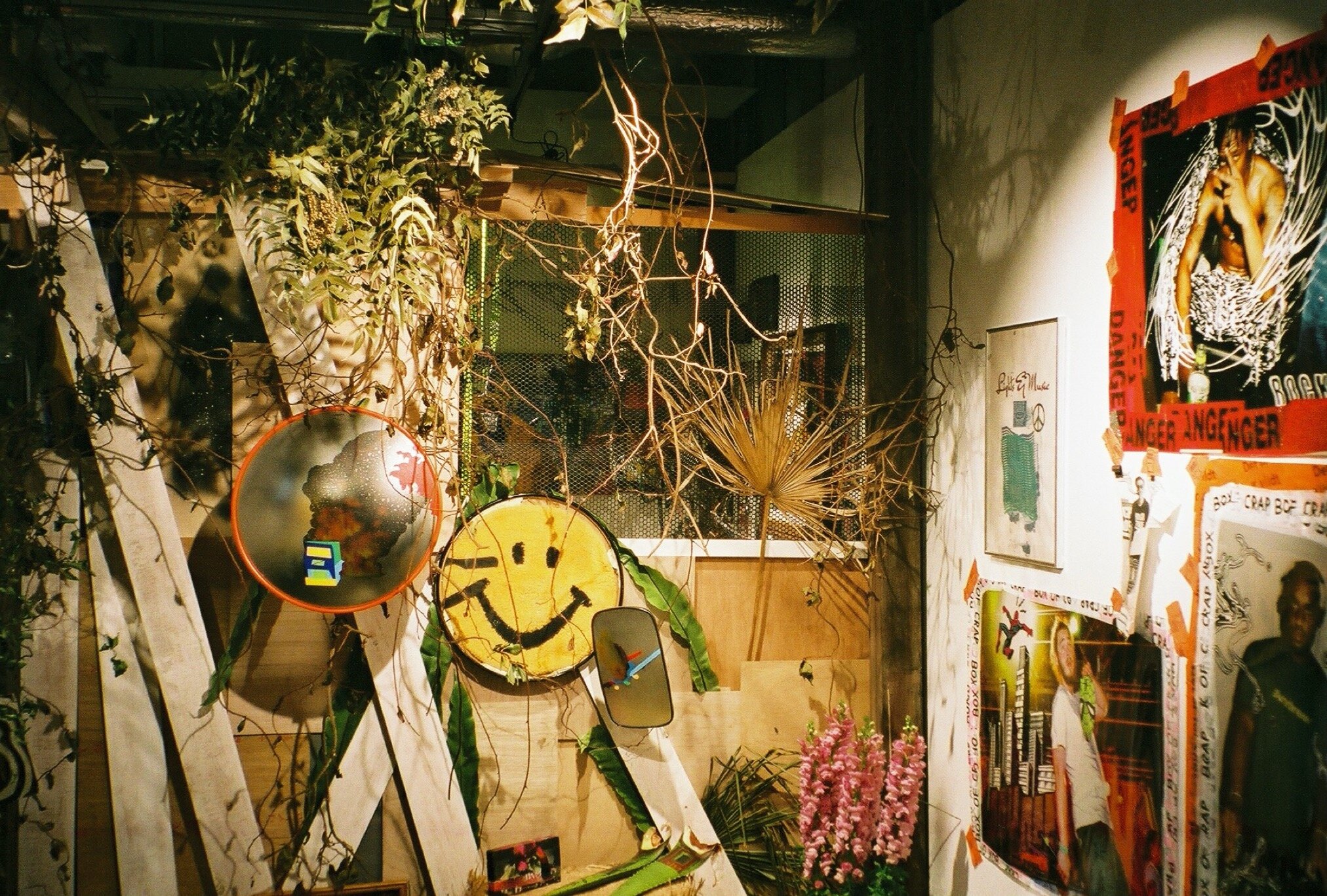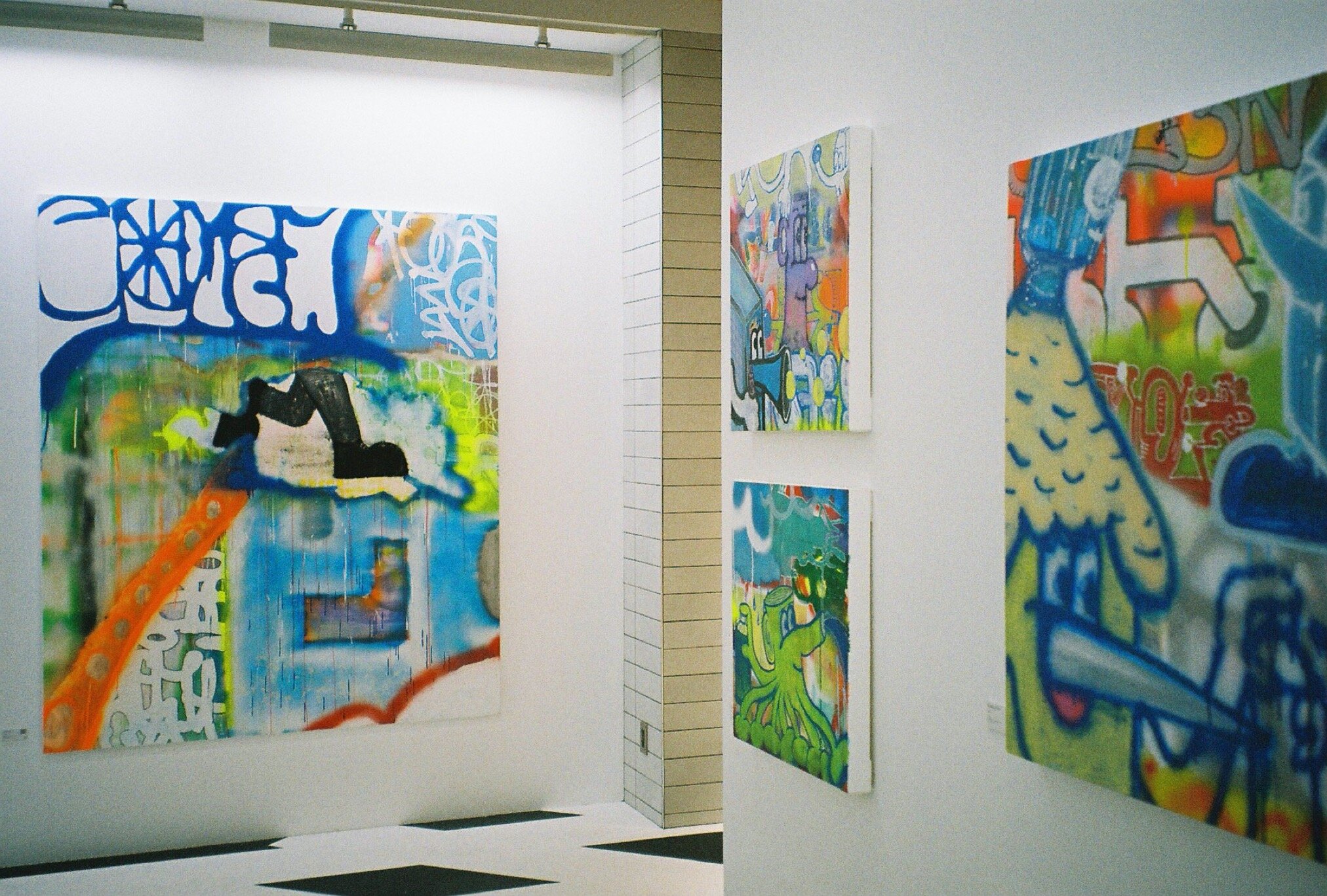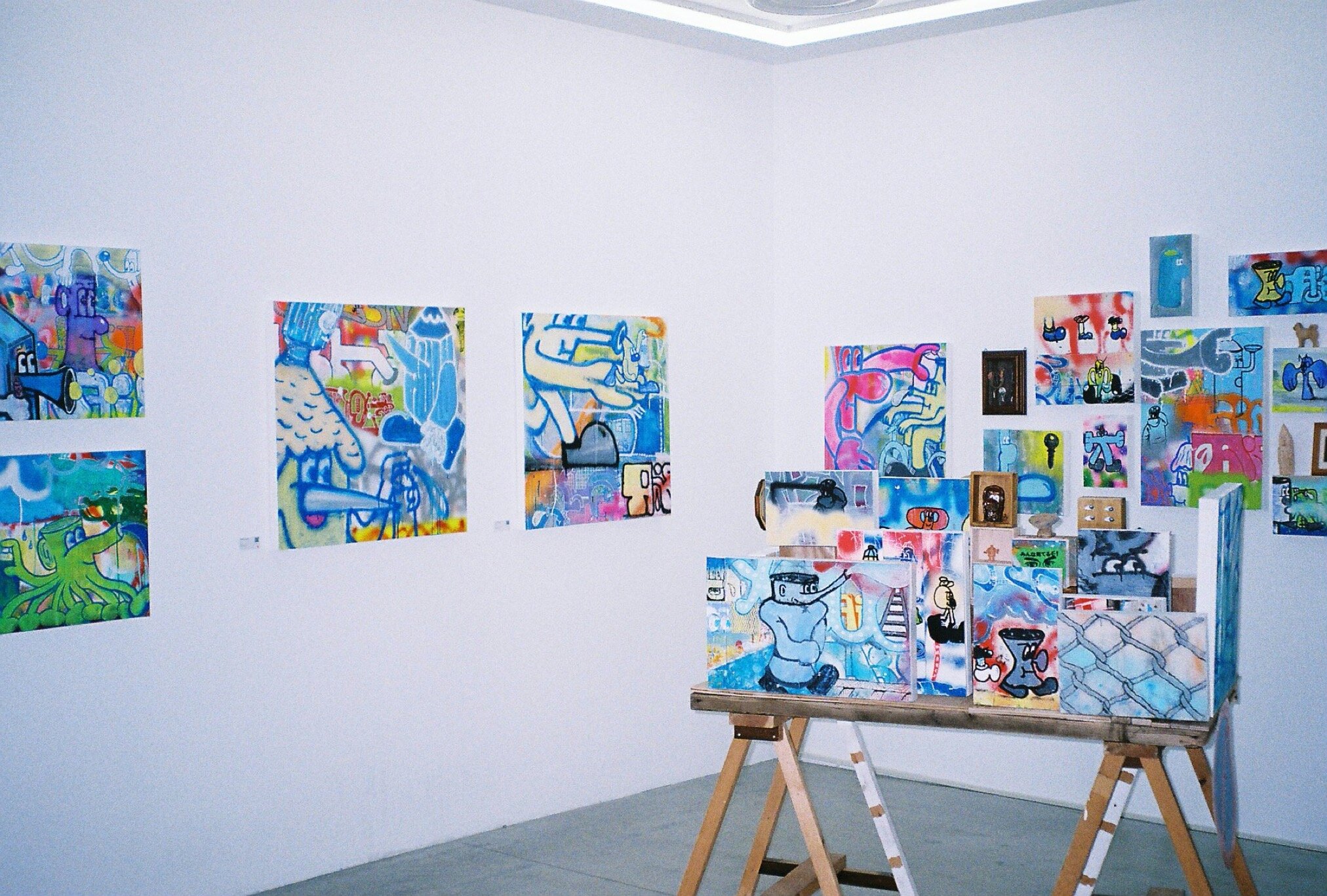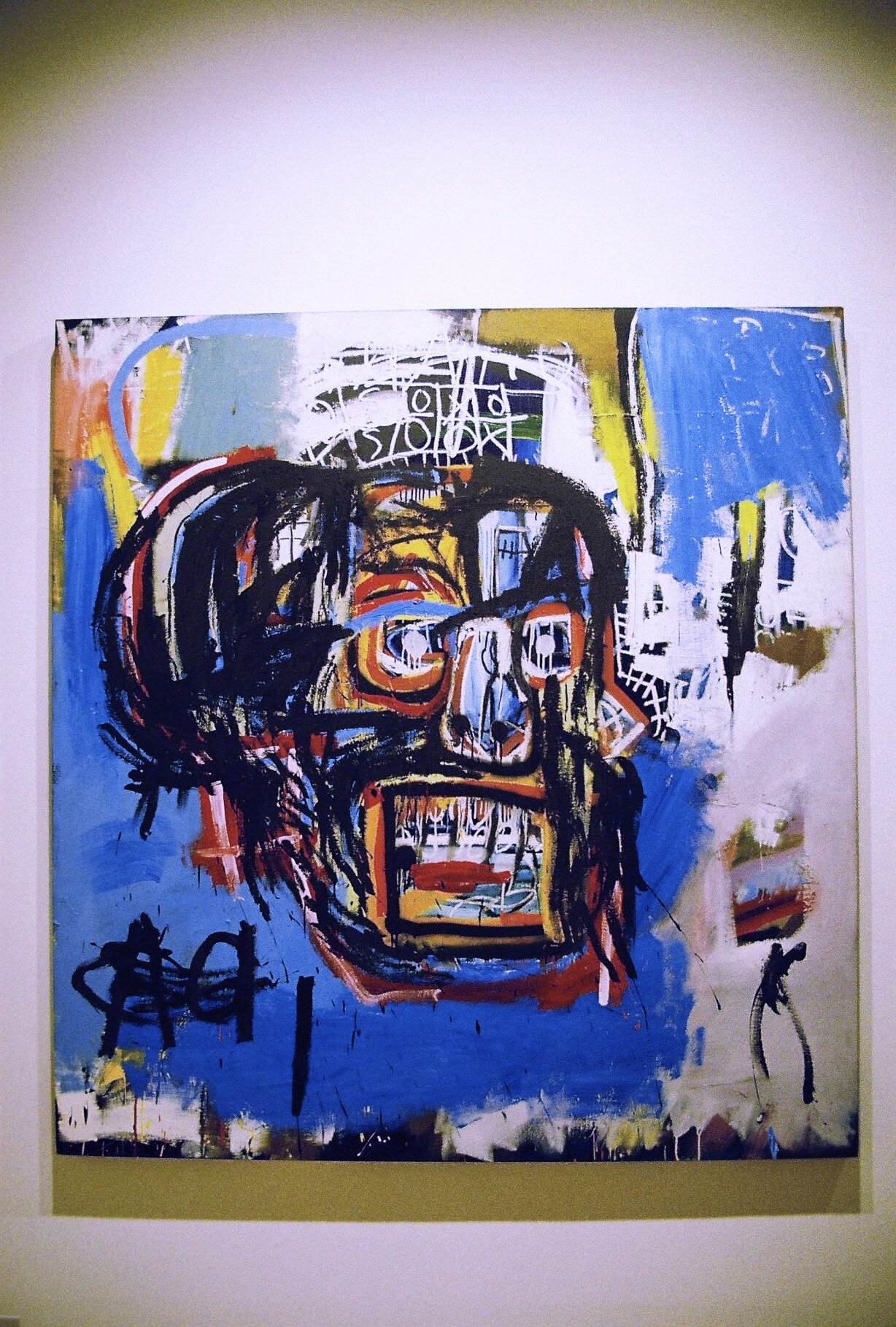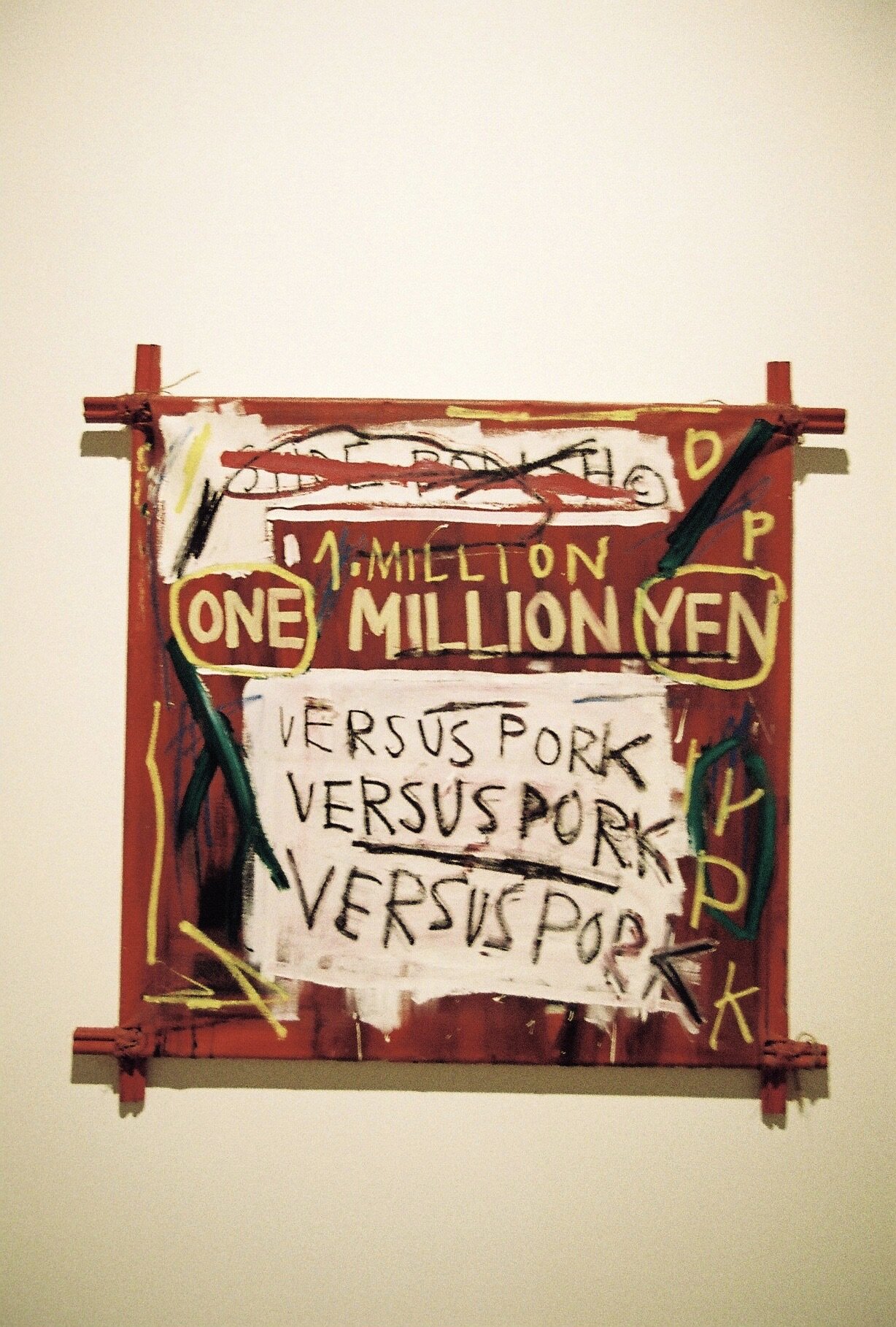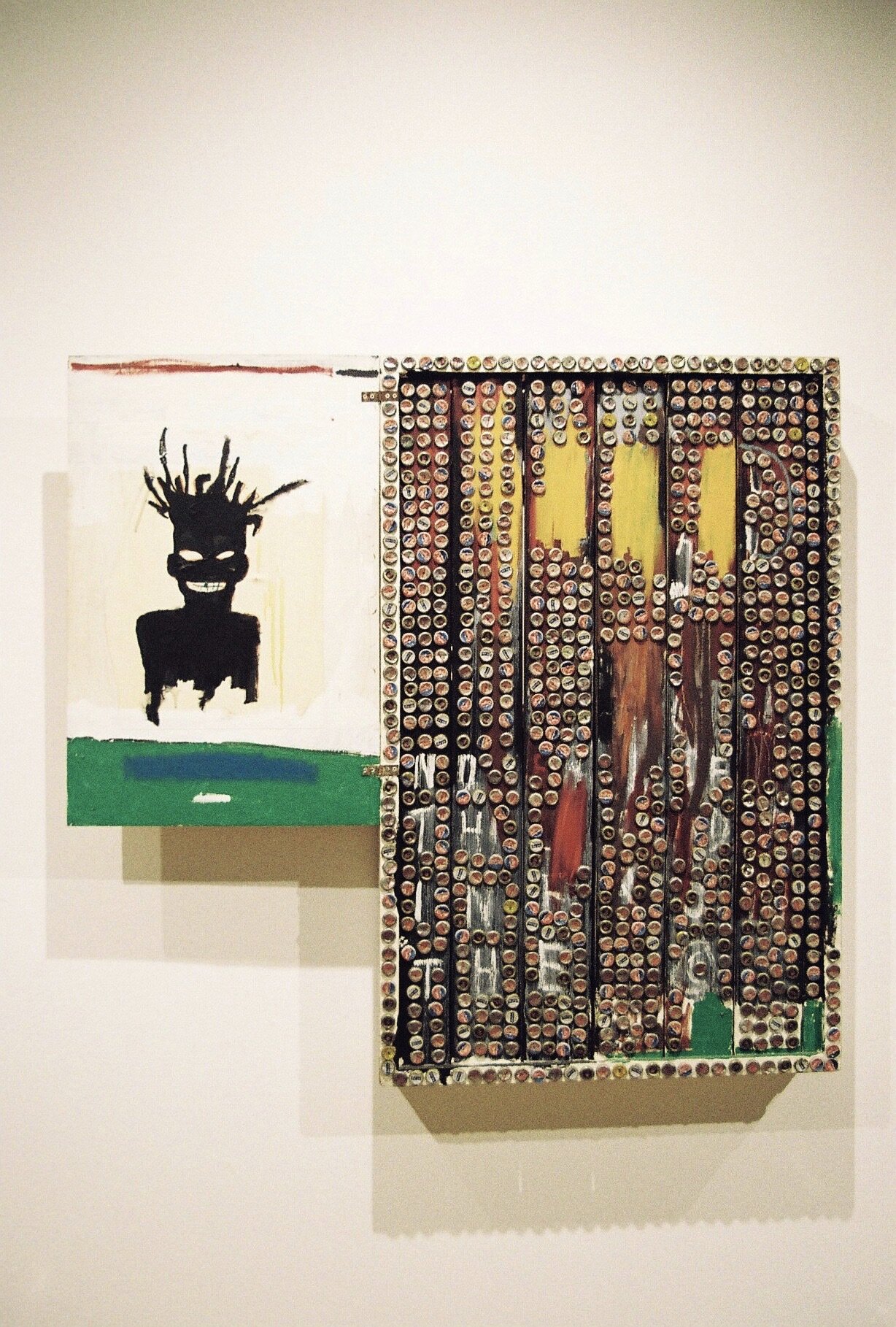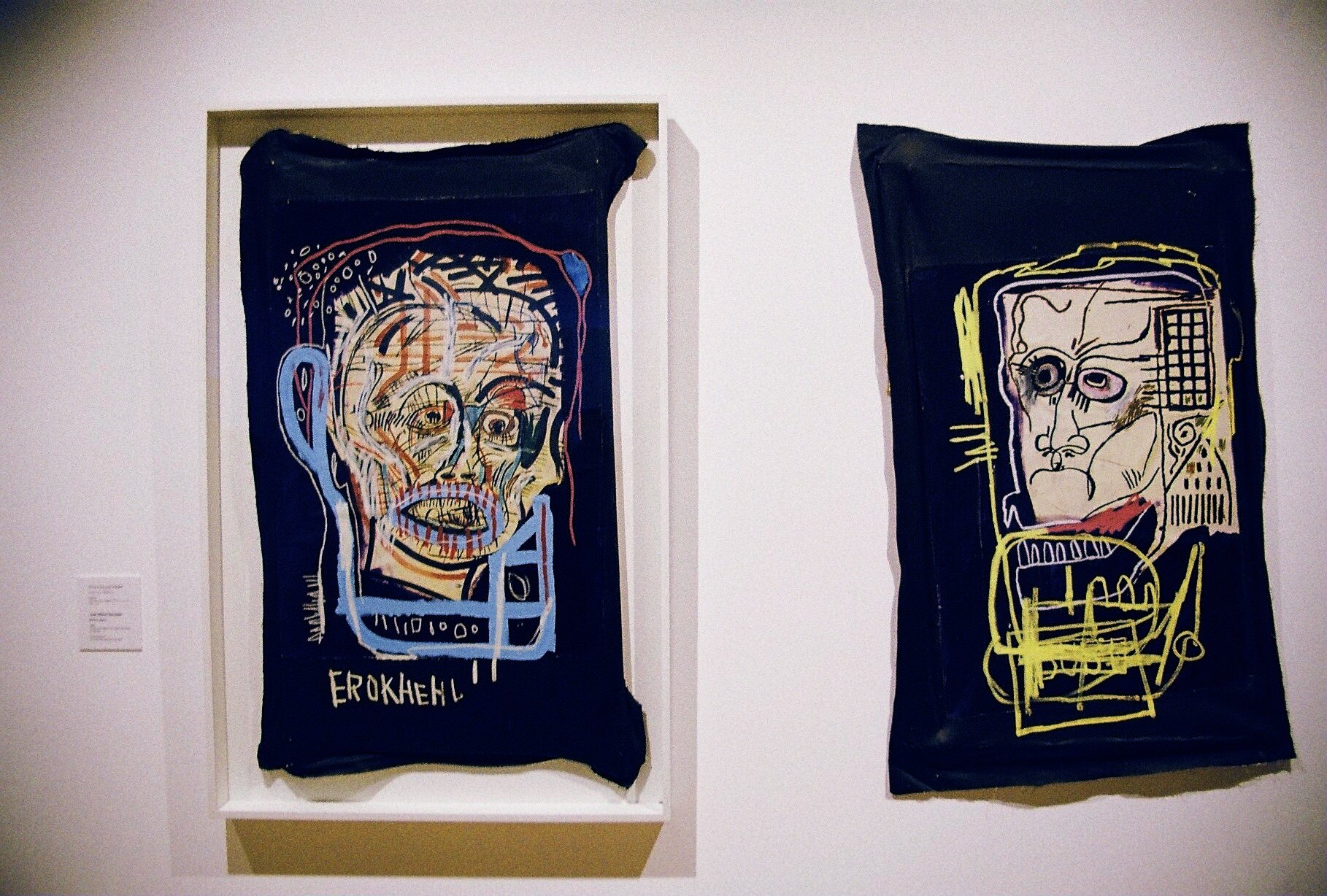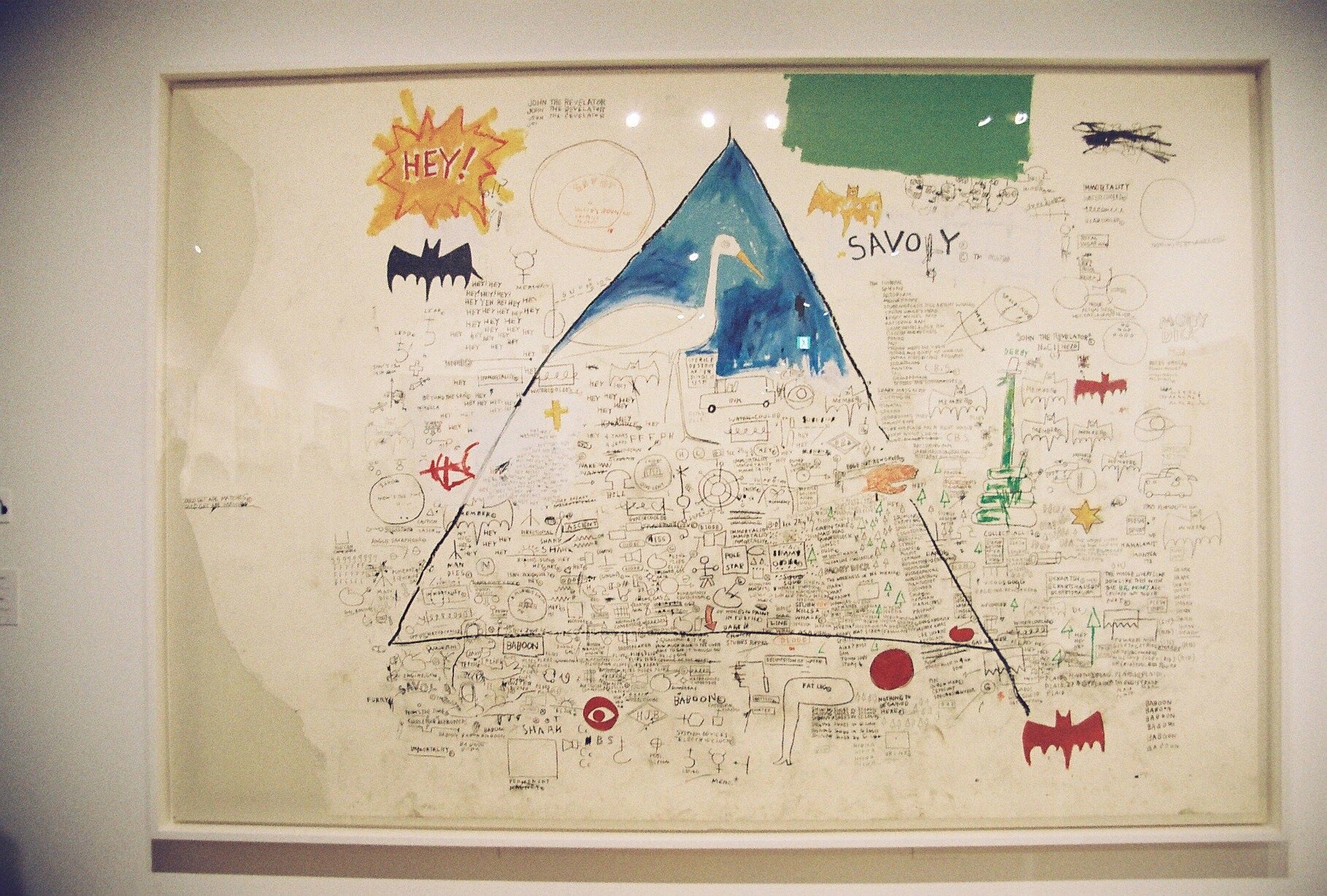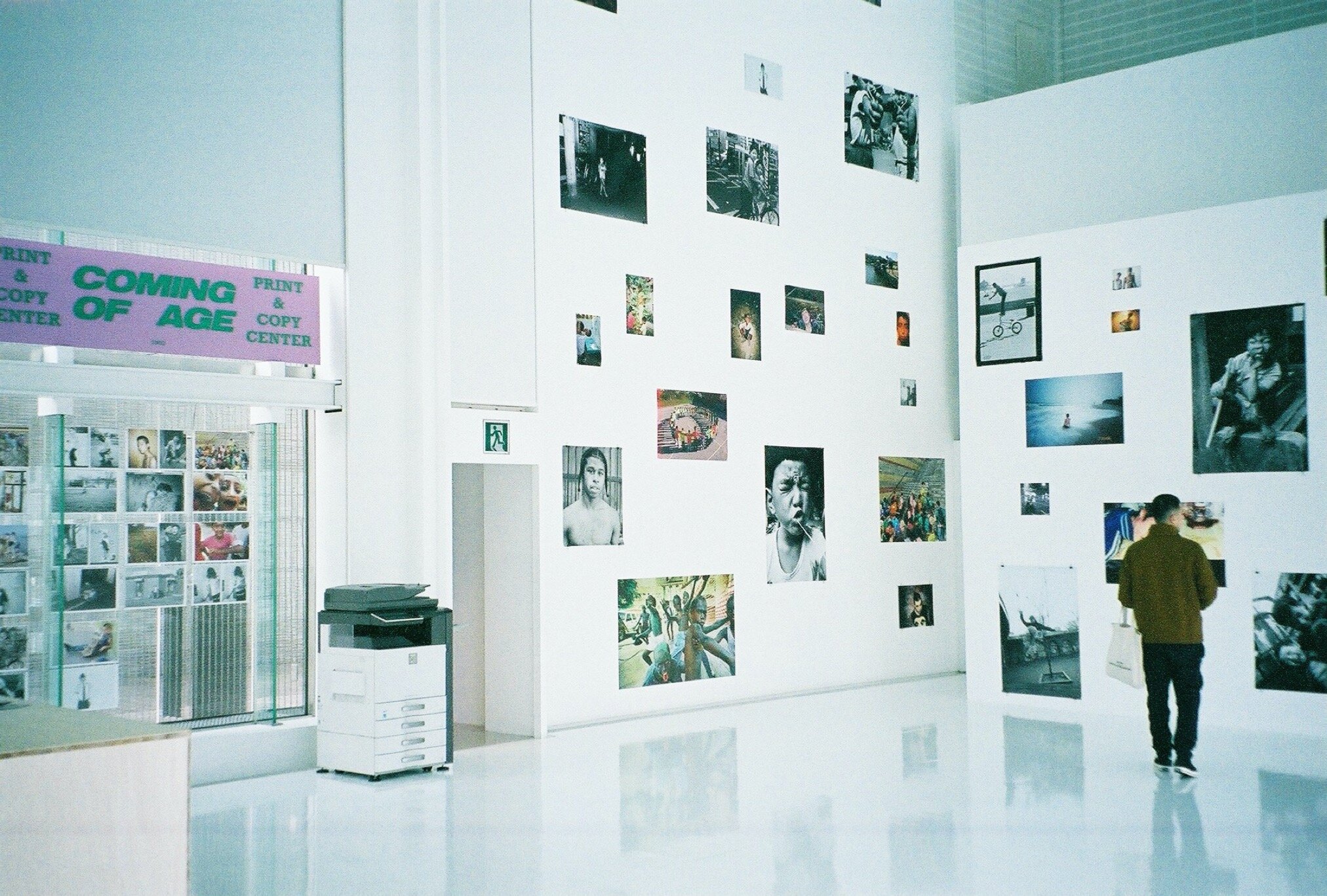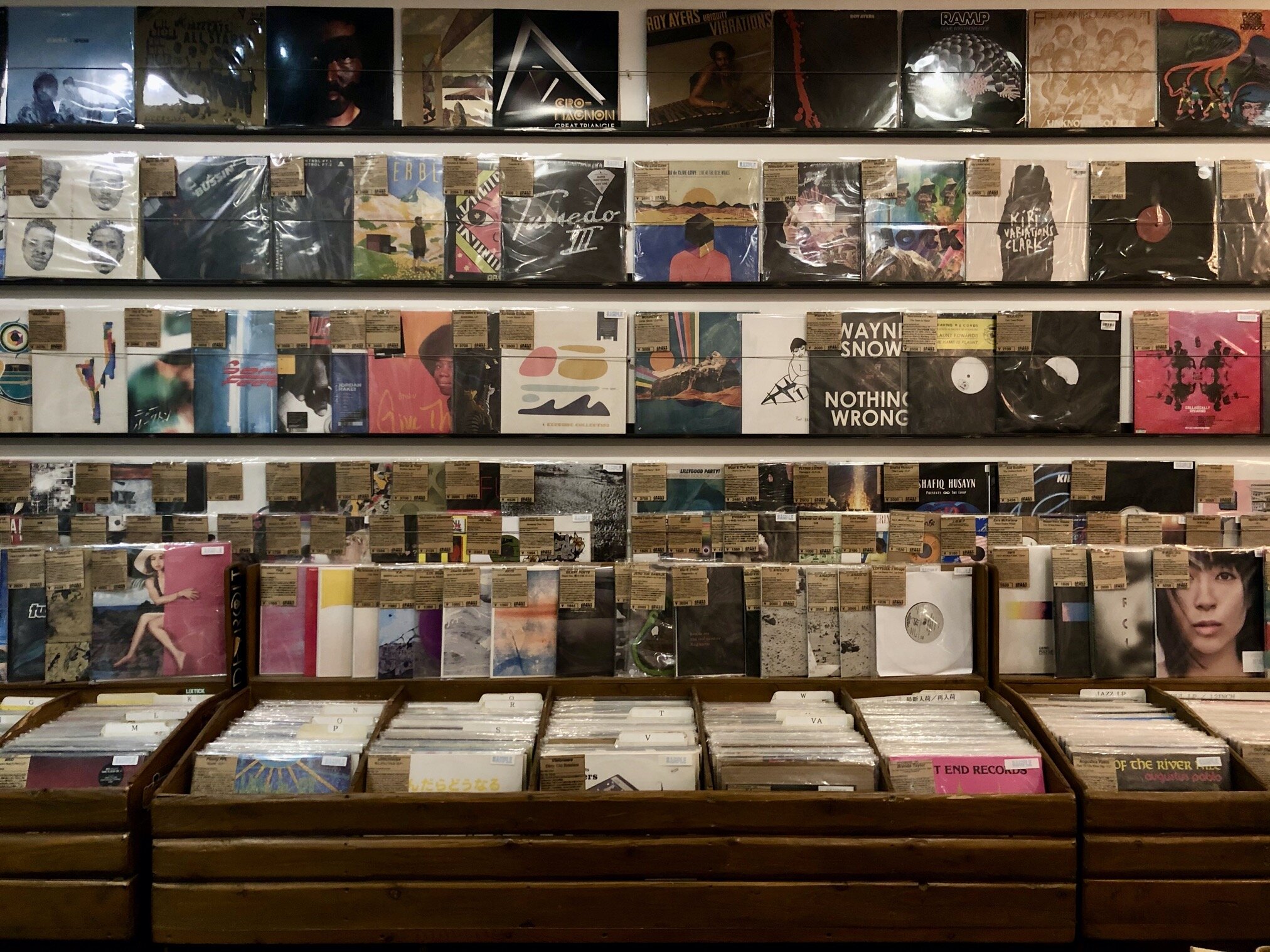The SABUKARU Guide To Tokyo Galleries And Museums

Stepping off the train at Harajuku Station, you brace yourself.
Even at noon on a weekday, cars are bursting at the seams, the overcrowded station filtering shoppers and travellers into a dream (or nightmare, depending on your perspective). It’s hard to imagine anything that lies between the luxury of Omotesando and the candy-coated chaos of Takeshita Street, but that’s exactly what we’re doing – visiting spots hidden in plain sight.
Art galleries are scattered throughout Tokyo’s most popular districts, and though there are many they can be difficult to find. Often tucked away into basements or residential apartment buildings, inconspicuous signage or completely unmarked, you either have to get lucky or know exactly what you’re looking for (and even then it’s an adventure).
On the flip side, some of these gems are almost too easy to find. Popular department stores hardly seem like the kind of space where one can expect meaningful interactions with art, but in this town, it’s a common kind of marriage.
From holes in the wall to luxury spaces, let’s take a little look at what Tokyo has to offer.
This guide will be the first puzzle piece of many to come for the Sabukaru Tokyo Culture Map and updated as soon as there is more to show. Soon to be announced and from then on updated constantly, the Tokyo Culture Map is basically the younger sibling of the Tokyo Food Map. Go follow it and be one of the first to know about Tokyos’ culture spots.
The SABUKARU Guide To Tokyo Galleries And Museums
VOID ASAGAYA
Asagaya is a residential area that lies just a few minutes west of Shinjuku on one of Tokyo’s busiest train lines. Within a stone’s throw from JR Asagaya station is VOID, a tiny gallery that has something new to see almost every week. Often featuring Japanese illustration, a former exhibition was dedicated to horror manga, and it was good. Original ink drawings and paintings, expressive and strange. That same day, the gallery’s managers, a pair of seasoned designers, spent the next couple hours chatting with me about art and music. Easy going and approachable, this place wants you to get personal with it.
Exhibition at time of visit: Wild Still Life by Hitoshi Odajima
Go there: 102 1-28-8 Asagaya, Suginami-Ku, Tokyo 166-0001
Follow: @void_asagaya
L’ILLUSTRE GALERIE LE MONDE
A couple of minutes from Harajuku Station, L'illustre Galerie LE MONDE is a quiet escape from the chaos of the main street. A single a-frame on the street marks the location and after ascending a narrow flight of stairs the tiny space is yours to explore. As its name suggests, this gallery focuses on illustration work. From the wildly popular and talented Hong Kong artist Little Thunder to lesser-known local talents, the work on display is well-curated and engaging. There’s also a palpable sense of genuine support for the artists and that’s a beautiful thing.
Exhibition at time of visit: Brighter Now group exhibition
Go there: 201 Dorumi Harajuku 6-32-5 Jingumae, Shibuya-ku, Tokyo 150-0001
Follow: @galerie_lemonde
CALM AND PUNK
Easily accessible from Nogizaka station (or a longer stroll from Shibuya if you’re like us and love to explore), Calm and Punk gallery is a place you’ll want to keep coming back to. Here you can expect to find wildly interesting and creative works, sometimes even interactive. Recent shows have involved VR elements which have quickly become one of our favourite emerging mediums for art. For every exhibition, you can expect a lively opening party, and on quiet weekday visits, the staff is friendly, approachable and happy to talk about the works. If you’re lucky, the artists themselves will be hanging out at the space, too.
Outside of the gallery, Calm and Punk puts on other events and exhibitions. Last year’s PHENOMENON: RGB, a marriage of art, installation, and sound, at Laforet Museum was incredibly cool, featuring Japanese artists like Yoshirotten and Midori Kawano.
Exhibition at time of visit: Music to Your Eyes by Wade and Leta
Go there: Asai bldg 1-15-15 Nishi Azabu, Minato-ku, Tokyo 106-0031
Follow: @calmandpunkgallery
ASAKURA MUSEUM OF SCULPTURE
The house of famous Japanese sculpture artist Fumio Asakura (1883-1965) nowadays houses an exhibition about the life of the artist and his artwork. The main attraction here is the house itself. It has all that it takes for a dream of a Japanese residence. The merge of a highly modern designed entrance part and a traditional wooden Japanese living house makes this a special place. You are not allowed to wear shoes in the house because of the traditional tatami that is used in many of the rooms. By walking through his library, a huge statue hall, and out of the picture book Japanese garden, his guest rooms and the rooftop terrace, you are learning about the artist who was especially famous for his statues of cats. On the rooftop terrace, Asakura taught his students how to farm vegetables to understand the value of nature. Nowadays you can have a beautiful view of the even more beautiful surrounding neighbourhood. This is a spot for people being interested in plastic arts, architecture and Japanese culture. Entrance fee is 500 yen for adults.
Go there: 7 Chome-18-10 Yanaka, Taito City, Tokyo 110-0001
VOILLD
Located in Meguro, the outside is almost unassuming enough to miss. Inside, a sliver of light shines through a door marked with the gallery’s name, making it feel almost like a secret. A narrow hallway lined with artist merchandise for purchase opens into a small space with contemporary art on display. You’ll find modern takes on design, illustration, collage, painting, and more at VOILLD, and it often feels very fun.
Exhibition at time of visit: Fat isn’t very easy by Takahiro Yasuda
Go there: Casa-Aobadai 1F 3-18-10 Aobadai, Meguro-Ku, Tokyo 153-0042
Follow: @voilld
NANZUKA UNDERGROUND
Representing some iconic artists, such as Hajime Sorayama and the late Toshio Saeki, Nanzuka’s exhibitions are almost never worth missing. Located a few minutes from Shibuya station, a heavy black door leads into a large basement gallery. Inside, it’s just white paint and concrete, but the open space is bright and inviting and well designed. Each exhibition transforms the space in a way that is fitting of the art on display, important attention to detail that allows you to sink into the works comfortably. At Nanzuka you'll have a good variety of exhibitions, from photography to sculpture to VR and illustration, all with an element of stylishness that feels just right.
Exhibition at time of visit: Ya-Chimata by Hiroh Kikai
Go there: Shibuya Ibis bldg. B2F 2-17-3 Shibuya, Shibuya-ku, Tokyo 150-0002
Follow: @nanzukaunderground
GALLERY X
Newly reopened, Shibuya Parco has a deep imprint in modern Japanese pop culture. You’ll find it in music videos or as the backdrop for events big and small, and inside there’s no shortage of fashion, art, and music pop-ups on the cutting edge. Gallery X, tucked into a corner of the very lively basement floor, is only one of the spaces for art located inside the department store. From underground artists painting on aloe leaves and performances from what I believe is Japan’s only “kitchen core” music group to graduated idols to AKIRA -- there’s really something for everyone. The best word for it might just be “fun.”
Exhibition at time of visit: Town Works group exhibition
Go there: Shibuya Parco BF1 15-1 Udagawacho, Shibuya-ku, Tokyo 150-8377
Follow: @parcogx
OIL
Oil is a space run by Bijutsu Techo, a monthly art magazine in Japan, focusing mostly on contemporary work. Located on the 3rd floor of Parco, Oil serves as not only a gallery but a space to relax and enjoy handcrafted Japanese tea or purchase art books and objects for your home. The place serves as a nice break from the busy shopping centre, the works on display contemporary, colourful, and playful.
Exhibition at time of visit: I’m Looking at You by DIEGO
Go there: Shibuya Parco 2F 15-1 Udagawacho, Shibuya-ku, Tokyo 150-8377
Follow: @oilbybt
2G
Run by Nanzuka, 2G is part shop, part gallery. Stroll through the shop and you’ll find collaborative objects and fashion featuring the gallery’s artists. Though small, the gallery itself features stunning pieces that unsurprisingly make their way on to everyone’s Instagram feeds. Given that the gallery is located behind the shopping space, it might seem a little intimidating to enter, but don’t let that stop you! Both the art and the collaborations inside are a joy to spend some time with (and to dream of owning).
Exhibition at time of visit: Harumi’s Winter by Harumi Yamaguchi x Yoshirotten
Go there: Shibuya Parco 2F 15-1 Udagawacho, Shibuya-ku, Tokyo 150-8377
Follow: @2gtokyo
MORI ART MUSEUM
250m above sea level the Mori Art Museum inside of Mori Tower in the “Roppongi Hills” displays modern art. When it opened in 2003, their main goal was to display modern art and to merge lifestyle and art. The museum itself does not exhibit a permanent collection but rather temporarily exhibitions of contemporary art. Almost all of the exhibitions have a (sometimes strong, sometimes less strong) Asian correlation. Often you can find the art of young Asian artists or the art of Western artists who may have gotten inspired by Asia or Japan in any way. The entrance fee is a bit higher than normal museums in Tokyo but mostly worth it. You can also buy a combi ticket for the exhibition and the view platform but you can have a great view from the floor of the museum already so save this money for good.
Exhibition at time of visit: Jean-Michel Basquiat: Made in Japan (バスキア展)
Go there: 〒106-6150 Tokyo, Minato City, Roppongi, 6 Chome−10−1, Roppongi Hills Mori Tower, 53階
Follow: @moriartmuseum
GYRE GALLERY
Heading up the escalator, before even entering the gallery you’ll get a taste of what’s to come. A floor to ceiling installation hangs through the centre of the complex, no doubt sparking curiosity in visitors. The gallery itself is fairly spacious, often home to installation and fashion related works. At current, Choi Jeong-Hwa’s Blooming Matrix fills the space with surreal gravity-defying sculpture you’ll want to get incredibly close to.
Exhibition at time of visit: Blooming Matrix by Choi Jeong-Hwa
Go there: GYRE 3F 5-10-1 Jingumae, Shibuya-ku, Tokyo 150-0001
Follow: @gyre_omotesando
ESPACE LOUIS VUITTON TOKYO
Espace Louis Vuitton is an undeniably beautiful space located on the top floor of the Louis Vuitton building in Omotesando. Vast and made of glass, the sense of scale and openness inside this gallery give an overwhelming unique and light sensation and leave you feeling a little small. For us, this is a welcome feeling and makes the experience special and refreshing. Here you’ll find contemporary creative works and installations.
Exhibition at time of visit: Coming of Age presented by Virgil Abloh
Go there: LOUIS VUITTON 7F 7-5-7 Jingumae, Shibuya-ku, Tokyo 150-0001
About the author
Janay is an illustrator based in Tokyo. Having relocated from Canada to Japan last year, she has devoted much of her time exploring galleries around Tokyo and attending gigs almost every week. In addition to Tokyo’s art and music scene, Janay is into Japanese pop culture, tattoos, jogging, and recently, photography. Say hi at any time.
Illustration: @janaybaade
Photography: @yuzuremons
www.janaybaade.com







